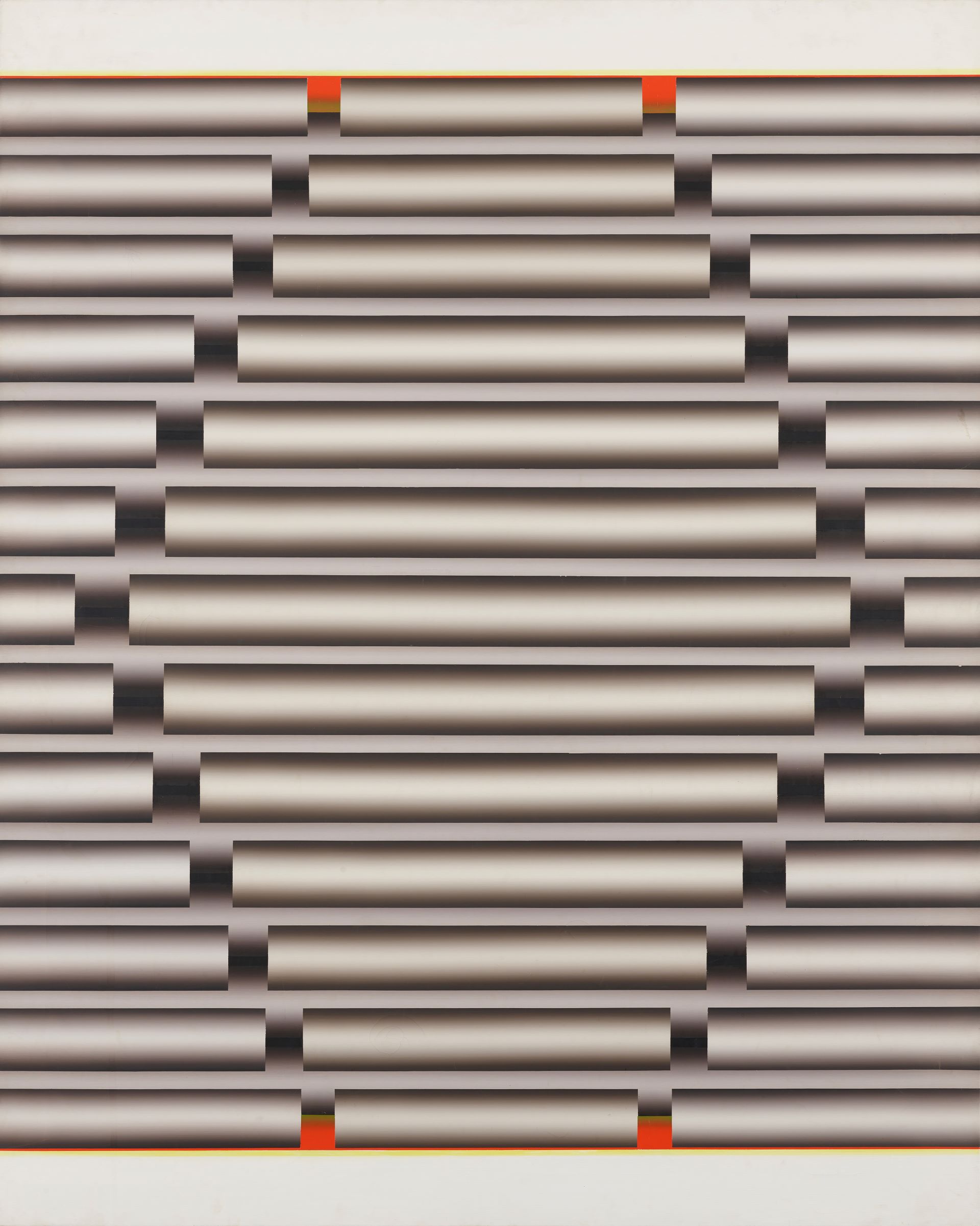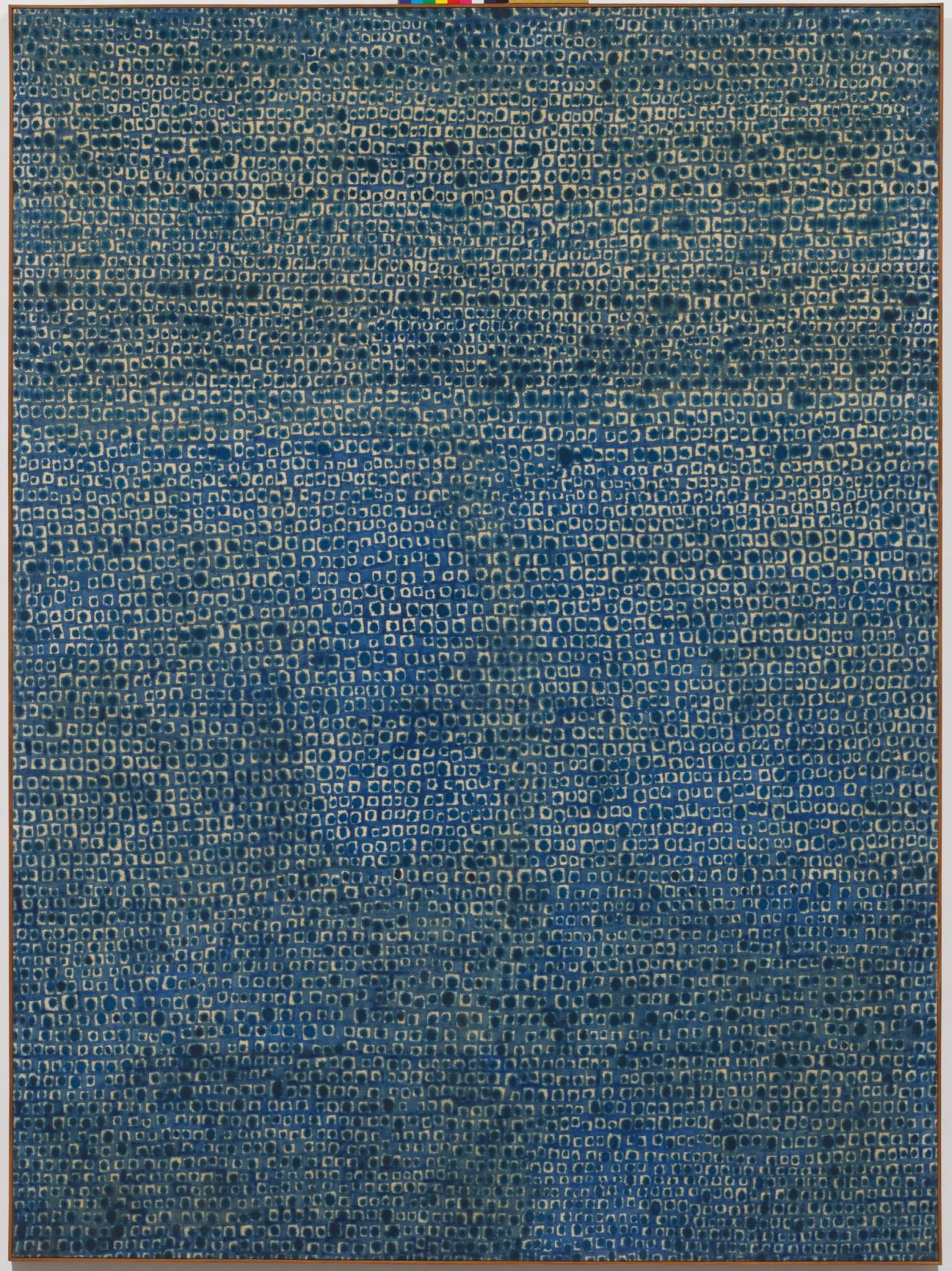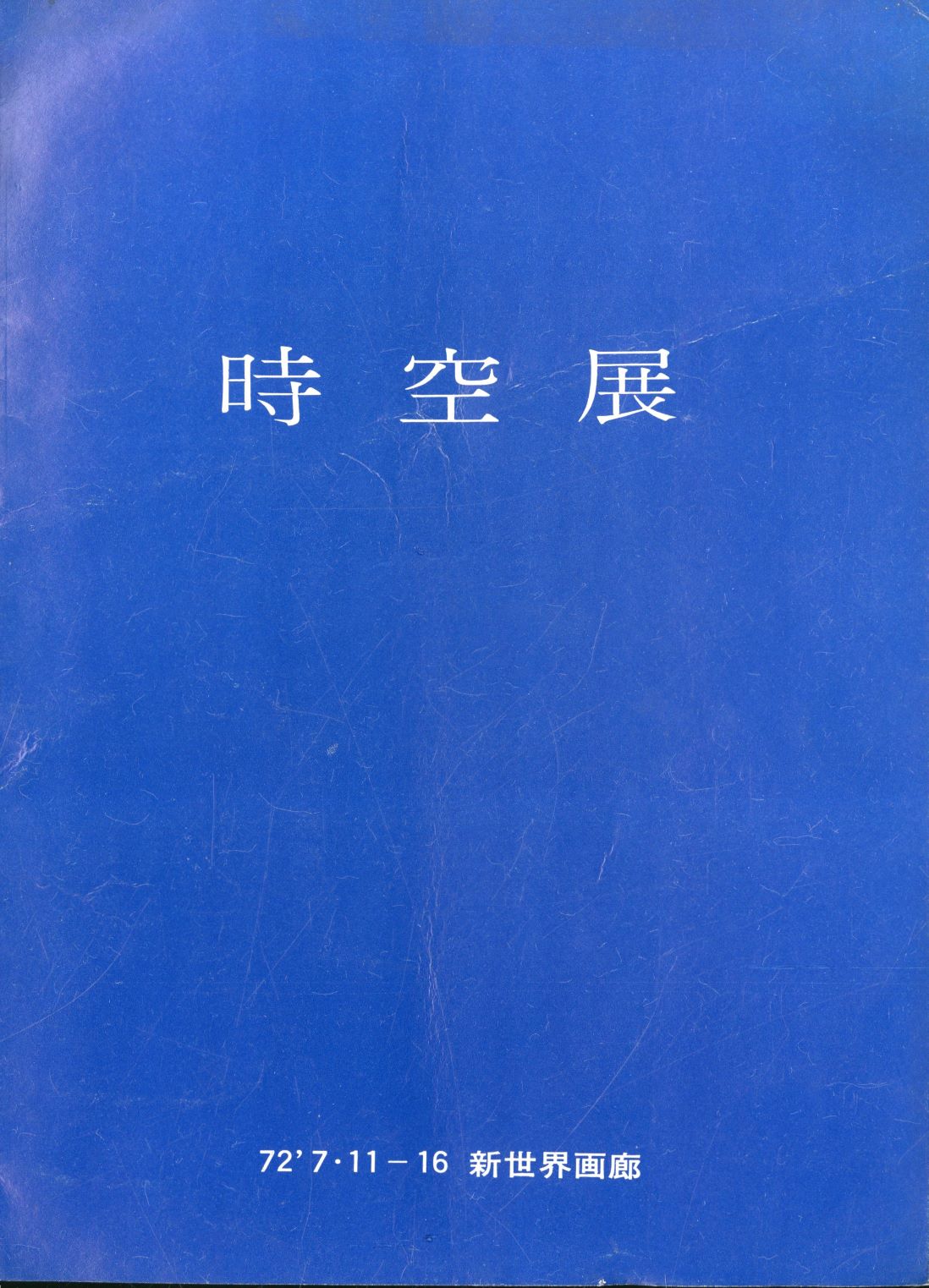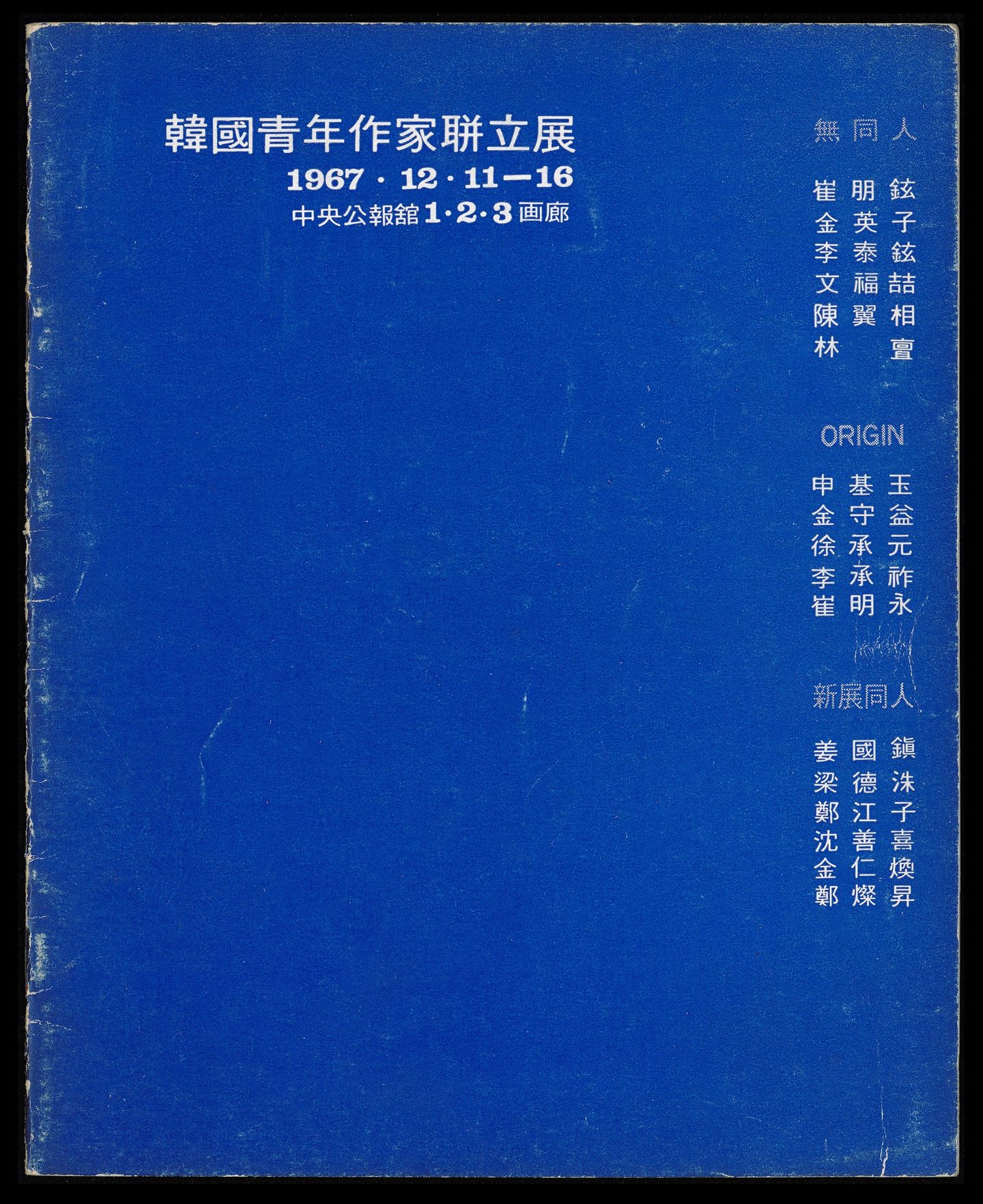
Origin First Fine Arts Exhibition, Leaflet, 1963. MMCA Art Research Center Collection
Origin Fine Arts Association
* Source: Multilingual Glossary of Korean Art. Korea Arts Management Service
Related
-

Department of Art at Hongik University
Established in 1949, the Department of Art at Hongik University consists of one art theory department and eleven practice-based departments, including painting, Oriental painting, printmaking, sculpture, woodworking and furniture design, metal art and design, ceramics and glass, textile art and fashion design, visual communication design, and industrial design. In 1955, it moved from Jongro-gu, Seoul to the current location in Sangsu-dong, Mapo-gu, Seoul. The history of the College of Fine Arts can be largely divided into the period of the Department of Fine Arts from 1949 through 1953, the period of the School of Fine Arts from 1954 through 1971, and the period of the College of Fine Arts from 1972 until now. In March 1953, the Department of Fine Arts produced the first six graduates, and in the following year the School of Fine Arts with three departments was established. In December 1971, it was upgraded to a college, which exists up to the present. Several exhibitions organized by its graduates are notable, including the Four Artists Exhibition held in 1956 as the first anti-National Art Exhibition (Daehanminguk misul jeollamhoe or Gukjeon) by the third and fourth classes of graduates and the Union Exhibition of Korean Young Artists held in 1967 by graduates from the 1960s as an effort to realize experimental art.
-

Lee Seungjio
Lee Seungjio(1941-1990) is known for his painting series Nucleus that features various cylindrical shapes reminiscent of pipes. In 1962, Lee formed the group Origin Fine Arts Association with fellow young artists to challenge the established art revolving around the National Art Exhibition (Gukjeon) and Art Informel abstract painting. At the Union Exhibition of Korean Young Artists held in 1967, he presented geometric abstract paintings. In subsequent years, he began to produce his distinctively clear and intelligent abstractions of cylindrical shapes in various compositions, including Nucleus 77, which earned the grand prize at the first International Grand Art Exhibition of Dong-A in 1968. Throughout the 1970s, he continued to explore geometric abstraction by actively engaging in avant-garde art organizations like the Korean Avant Garde Association (referred to as AG). He also participated in several exhibitions, such as the first Daegu Contemporary Art Festival (1974), the first Seoul Biennale (1974), the eleventh São Paulo Biennale (1971), and the seventh International Festival of Painting Cagnes-sur-Mer (1975). Meanwhile, Lee performed remarkably at the National Art Exhibitions. In 1968, he won the Minister of Culture and Information Award at the seventeenth National Art Exhibition for his Nucleus G-99, which was praised as “an avant-garde work that would never have been considered for even an honorable mention in the history of the National Art Exhibitions.” He submitted his work to the National Art Exhibition every year until 1981. The picture planes of the Nucleus series began to be gradually dominated by black hues in the late 1970s. By the mid-1980s the size of the canvases became larger. After his trip to the U.S. in 1988, he moved onto new experiments in which cylindrical images were presented on aluminum or wooden panels. Today, Lee Seungjio is recognized as “an artist who pursued a practice of strict geometric abstraction that is rarely seen in Korean painting circles” and maintained “a prominent and refreshing presence in Korean contemporary art, which lacks traditions or experiences of logical practices.”
-

Abstract art
A term which can be used to describe any non-figurative painting or sculpture. Abstract art is also called non-representational art or non-objective art, and throughout the 20th century has constituted an important current in the development of Modernist art. In Korea, Abstract art was first introduced by Kim Whanki and Yoo Youngkuk, students in Japan who had participated in the Free Artists Association and the Avant-Garde Group Exhibition during the late 1930s. These artists, however, had little influence in Korea, and abstract art flourished only after the Korean War. In the 1950s so called “Cubist images,” which separated the object into numerous overlapping shapes, were often described as Abstractionist, but only with the emergence of Informel painting in the late 1950s could the term “abstract” be strictly used to describe the creation of works that did not reference any exterior subject matter. The abstract movements of geometric abstractionism and dansaekhwa dominated the art establishment in Korea in the late-1970s. By the 1980s, however, with the rising interest in the politically focused figurative art of Minjung, abstraction was often criticized as aestheticist, elitist, and Western-centric.
Find More
-

Si-Gong
Si-Gong is an art organization formed in July 1972 by Byeon Sangbong, Song Hyunggeun, Lee Kyungsoo, Chung Hakyung, and Hong Yongsun, who majored in Korean (ink) painting at Hongik University. It was a nonfigurative art organization after the manner of the Mukrimhoe and declared “liberation from customs and convention,” creating the first nonfigurative organization in the field of Korean ink painting and held a group exhibition. In 1977, Chung Hakyung, Hong Yongsun, and Hong Seokchang withdrew, and Lee Myungsoo, Lee JongJin, Rhee Chulryang , Jeong Minwoong, Kwak SukSon, Park Yunseo, Seo Kiwon, Jo Dongu, and Lee Doohwan held a comeback exhibition. In 1991, the group published The Collective History of the Twentieth Anniversary of Si-Gong Group. In the preface, the group presented a new direction for modern Korean ink painting by adopting avant-garde and forward-looking concepts geared toward the urgent reform of the consciousness of Korean painting as a traditional method and perspective.
-

Union Exhibition of Korean Young Artists
The Union Exhibition of Korean Young Artists was an art show that members from Origin Fine Arts Association, Zero Group, and Sinjeon Group organized to be held at the Korean Information Service Gallery from December 11 to 17, 1967. By choosing to present works in what were the mainstream genres in Western art, such as pop art, op art, environmental art, happenings, and sculpture, the Exhibition helped to usher in a new era for Korean art after the dominance of the Informel group. Members from the three groups were mostly graduates from Hongik University. The manifesto they released stated: “Informel didn’t provide anything for last ten years. We are artists as activists who aim to create art after abstraction, art in everyday life, and public-friendly art.” This manifesto clearly expressed a desire to challenge the art world establishment, and the Coalition Exhibition is often considered as the beginning of a period of Korean “Experimental art (silheom misul),” which existed from the end of the 1960s to 1970s.
-

Korean Contemporary Sculpture Society
An art organization formed in 1969 by alumni of the Hongik University Department of Sculpture, including Kim Chanshik, Choi Kiwon, Kim Youngjung, Lee Seung-taek, Park Suk-won, and Cho Sungmook. The society advocated for “a site of the new generation, a turbulent globality,” and it sought to experiment with sculpture using different styles and content to reflect the changes of the time. After the inaugural exhibition 1969 at Press Center of Korea Gallery, the group held one or two exhibitions each year, choosing a young artist and providing support so that he or she may hold an exhibition.






